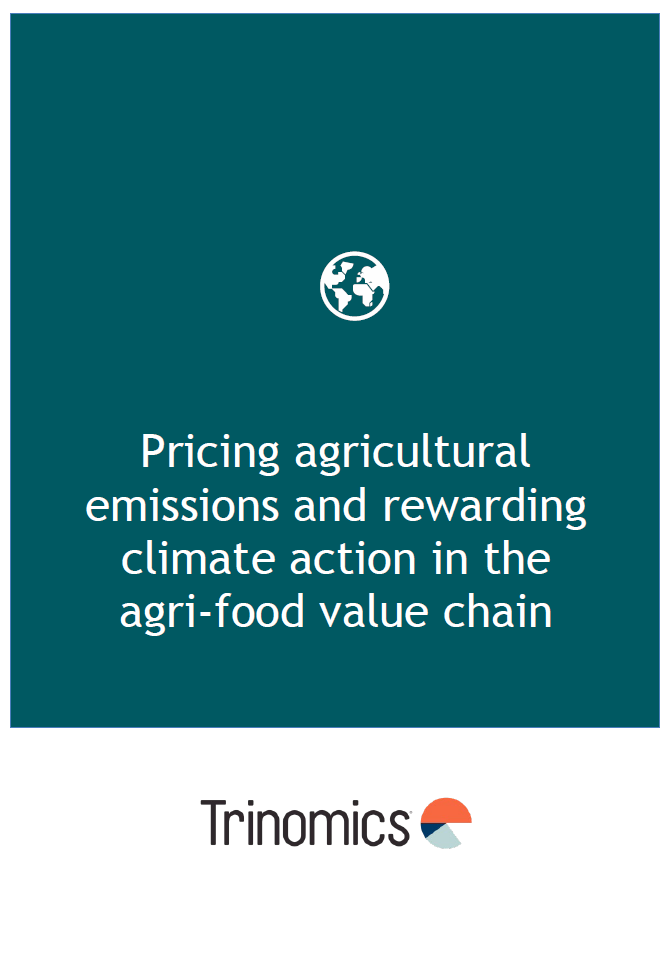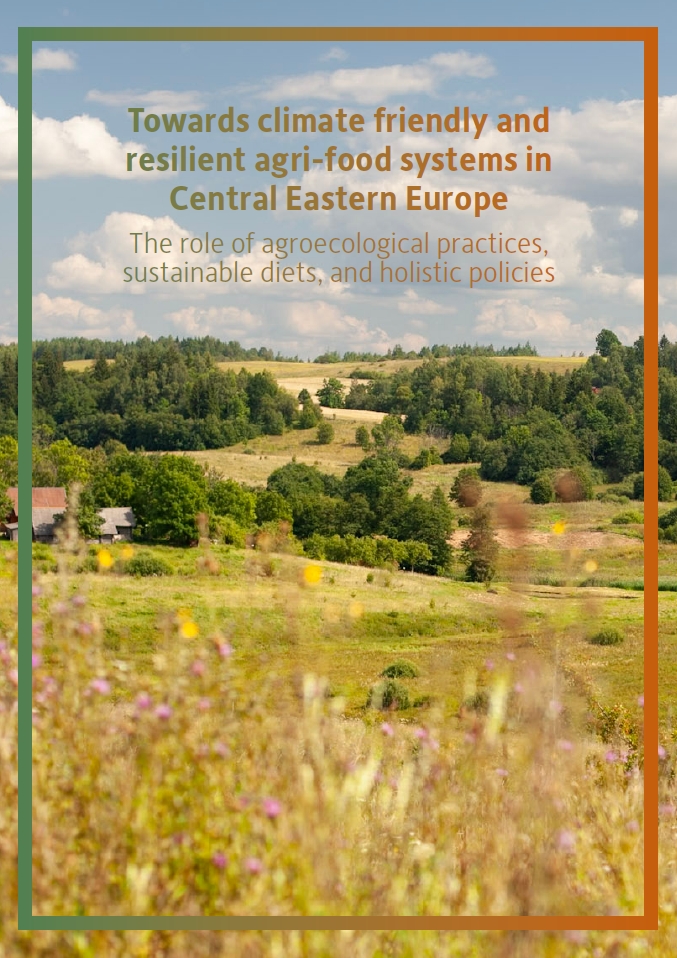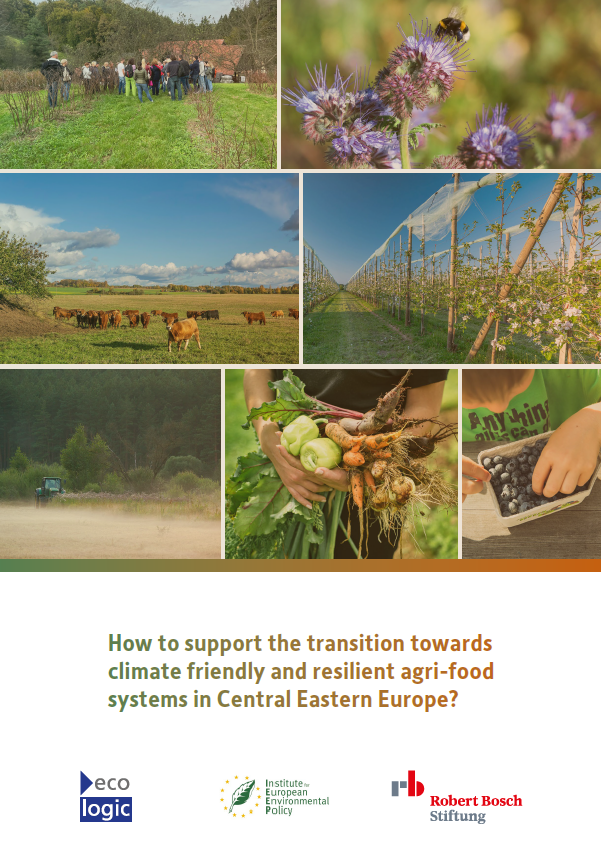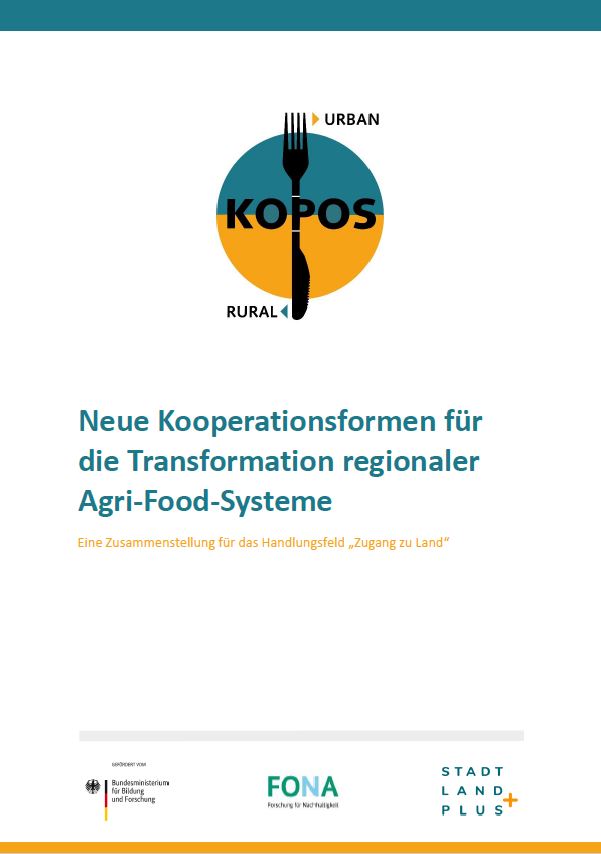Built Environment
Sectoral Brief
- Publication
- Citation
Kupilas, B; Burgos, N; Davis, M; McDonald, H; Enzi, V; Konchenko, T (2025). Sectoral Brief: Built Environment. GoNaturePositive! Horizon Europe Grant Agreement No. 101135264, European Commission. https://doi.org/10.5281/zenodo.15517015
This brief examines how policymakers, industry and practitioners can steer the built environment toward a nature-positive future by integrating ecological resilience and quality of life with economic development. It was developed under the EU research project GoNaturePositive!
Ecological Footprint of the Built Environment
Cities and buildings shape Europe's economy – the construction sector accounts for 9 % of EU GDP and provides 18 million jobs. At the same time, it consumes vast quantities of materials and energy, generates 35 % of greenhouse gas emissions, and through land take contributes to habitat fragmentation: roughly 1 000 km² of new urban land is sealed every year. Dense urban fabric exacerbates heat-island effects and flood risk, increasing the vulnerability of cities to climate change impacts.
Policy Frameworks for Nature-Positive Cities
EU regulations such as the European Green Deal, the EU Biodiversity Strategy 2030 and the EU Nature Restoration Regulation set the course for green construction and urban renaturation. They establish binding targets for preserving and expanding green and blue infrastructure, require national restoration plans, and aim to channel investments into nature-based solutions. However, fragmentation of funding streams in the multiannual EU budget risks creating conflicting incentives between nature-positive and conventional development projects.
Private Initiatives and Best Practices
Beyond public policy, NGOs and business networks like the World Green Building Council and the World Business Council for Sustainable Development advance nature-positive standards. They promote sustainable materials, circular economy design and digital monitoring tools – but rely mostly on voluntary commitments, making their concrete impact difficult to measure.
Case Study: Biotope City Vienna
A flagship for nature-positive urban development is Biotope City Vienna, built on a former industrial site. Over 7 ha, 950 housing units (two-thirds social housing) were complemented by extensive green roofs, moist micro-habitat corridors and stormwater retention basins. Micro-climate simulations show up to 2.2 °C lower air temperatures, 33 % less surface runoff and a doubling of carbon sequestration – with cost premiums under 2 %. The project illustrates how circular construction, green infrastructure and participatory planning can deliver ecological resilience and enhance urban livability.







